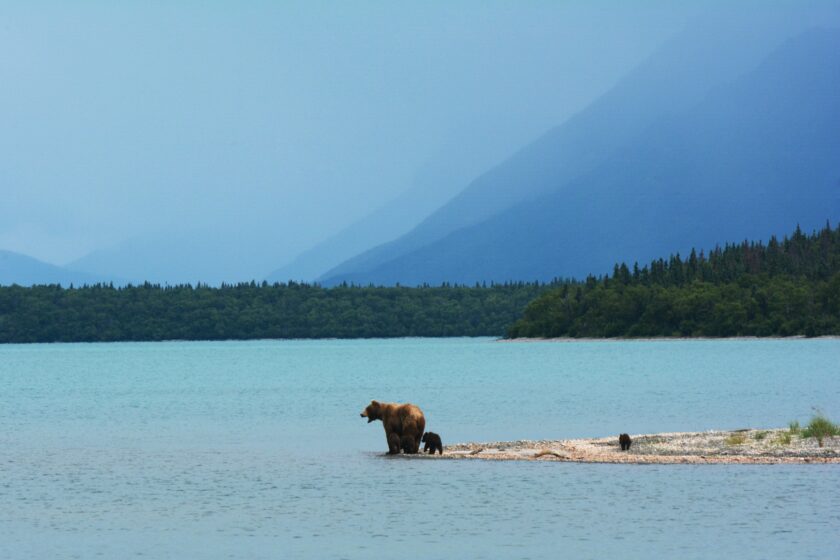A little known provision of the December 2017 Republican tax bill opened the Arctic National Wildlife Refuge in Alaska to the dangers of oil and gas drilling.
The Refuge is 19 million acres, the size of South Carolina, and one of the most spectacular and pristine natural areas remaining in the world.
To secure the vote of Alaska’s congressional delegation, in particular Sen. Lisa Murkowski, the Trump administration placed at risk the largest protected wilderness in the U.S.
The Refuge is a dazzling natural area containing the 9,000-foot high Brooks Range of northern Alaska and adjacent coastal plain that reaches north to the Beaufort Sea.
It’s home to 37 species of land mammals, eight species of whales, Arctic ringed seals and polar bears, 200 species of migratory birds and a famed herd of 120,000 Porcupine Caribou that each June and July migrate 1,500 miles across the refuge to their ancient calving grounds.
The most environmentally sensitive area within the Refuge is the 1.5 million-acre coastal plain, considered the Refuge’s biological heart, known as Section 1002. That’s where oil companies want to drill.
The public and interested groups have until June 19 to submit their opinions to the Bureau of Land Management about the proposed oil and gas leases in the Refuge to assist in the creation of an Environmental Impact Statement.
In more benign environments than the Arctic, such as the Gulf of Mexico, oil and gas drilling still risks massive oil spills, destruction of marine ecosystems and damage to coastal areas.
The BP Deepwater Horizon in 2010 spewed 200 million gallons of crude oil into the Gulf and yet it took five months to cap the undersea well in a mild climate with company engineers, ships and equipment close by. The Arctic’s unforgiving climate and remoteness where advancing sea ice can crush oil rigs like matchsticks, and equipment to contain oil spills is difficult to ready and deploy make the prospects of an oil spill there an environmental disaster of unimaginable magnitude.
The U.S. consumes 20 million barrels of oil a day of which half is domestically produced, due in large part to the increase of hydraulic fracking of oil and gas reserves previously thought to be technically and economically unrecoverable. There is no need to open the ecologically sensitive Refuge to drilling.
The U.S. Geologic Survey estimates a mean average of 10.4 billion barrels of technically recoverable oil and gas in the Refuge’s coastal plain. The rest of the U.S. has 120 billion barrels of technically recoverable crude oil. The world’s estimated oil and gas reserves are between 1.1 trillion and 1.3 trillion barrels.
The U.S. Department of Energy predicts that oil production in the Refuge would amount to only .04 and 1.2 percent of total oil consumption in 2030 and would not have a significant effect on world oil prices. Jaime Williams, president of the Wilderness Society, said: The Trump Administration is pursuing an irresponsibly aggressive timeline for Arctic Refuge drilling that reflects the administration’s eagerness to turn over the public lands to private industrial development.
Arctic temperatures are heating at a rate much faster than the rest of the planet, and global warming from 1981 to 2010 caused Arctic sea ice to decline by 355,000 square miles, an area twice the size of California.
When we should be moving to renewable energy sources like solar and wind instead of carbon-emitting fossil fuels that heat the planet, it is the ultimate irony that the survival of Arctic National Wildlife Refuge would be threatened, not only by the risks of drilling but by global warming from the oil and gas pumped from there.
